Seeking family of Thomas Dunlop McVie, killed in 1944
It’s not November, so why the picture of a war plane? We should always remember the immense and cruel losses of life in wars, not just for a few days in November, but there’s another reason for this one.
A man in Germany is trying to locate family members of those who were shot down and crashed in 1944 at a particular site. His group wishes to create a memorial at the crash site for those who died there, as they have done for others, so that they can continue to be honoured. One of the men was from Trail.
I am reproducing the letter he sent below. It explains – touchingly, I thought – the train of events, and provides this man’s contact information for anyone who can help locate any family members of the man in question, so they can be informed. There is also a link to a website showing the results of the group’s work; a memorial. The Canadian flag is visible in some of the pictures. Here is this man’s story, in his own words:
My name is Erik Wieman. I am the co-founder of a crash site research group in Germany. We have found the crash site of Dakota KG653. Twenty-three airmen died in this crash. We are trying to contact family members of the English/Australian crew and Canadian passengers. I hope you can help us with this.
One of the killed airmen was from Trail, BC. He was Aircraftman 1st Class John Dunlop McVie (picture attached). He enlisted July 14, 1943 at Trail, BC. He was the son of James Kerr McGovern and Jeanie (nee Dunlop) McVie of Trail, stepson of Thomas McVie, brother of Peggy, Marion, Vivian, Lean McGovern, and half brother of Thomas and Marlene McVie.

As I was researching the Canadian crew of another crash site in the village where I live, I researched in English and Canadian databases, Neuleiningen (not far from where I live), the crash of C-47 Dakota KG653 en route to India, came into my focus. 23 soldiers died there, 20 Canadians, one Australian and two British airmen, and I wanted to know more about exactly where this happened and what lead to the crash, with the final goal to plan a memorial stone at the site after we find it and excavate it. The aircraft crashed on the 24th of September 1944. From England it should have flown down south over the free French countryside to Sardinia, then to India to help build up two new squadrons in the fight against Japan. It lost its way and, due to bad weather and navigational problems, it flew into Germany in broad daylight, alone, and was shot down.
We are connected to the archaeological services of Speyer. As with all our research and crash site excavations we plan to contact family members, tell them about our findings (often the families do not know where exactly the crash occurred, and what happened exactly), and plant a memorial at the crash site after the excavation is over. An example of our work (final stage, the memorial service) can be seen here (crash site Limburgerhof, Stirling EF129).
https://www.ig-heimatforschung.de/luftkrieg/stirling-ef129-limburgerhof/05-08-2017-gedenkfeier-ef129-limburgerhof/
After I heard about the crash and the approximate area I asked the local newspaper for a call for eyewitnesses. They are our golden link to the past and they often still know the exact sites. I already researched details about what happened from the internet and the book of the fighter pilot, Julius Meimberg, who claimed he had shot down this aircraft. I gave the newspaper the information I had and expected a small call or article, but they did a really big article on this. They were very interested. The readers were also very interested. Fifteen eyewitnesses of the crash called me after the article was published.
I visited them and most of them showed me one specific area, one specific field. Or rather two fields. Debris was strewn over more than one field. The actual crash site was pinpointed too. One witness showed me a piece of the aircraft he had picked up in 1944 at the site as a little boy. The site was
described by all very similarly. They also showed me where the piece of a wing (it broke off before the plane crashed, as described by the pilot of the German Me109) came down, 500 meters away from the main crash site, behind a house where an eyewitness was born. It almost crashed on his house. Many new details.
One small tractor-trail was free and I walked this trail to the actual crash site. I found pieces of perspex (plastic windows), bakelite, tire-fragments and small pieces of aluminum, some with the green camouflage paint still attached. All on top of the field. Very promising finds. We expect at least many more small parts underneath the surface. For 2018 we have applied for a permit to search the whole site with metal detecting equipment to find out what has been left of the crash in the ground. The whole area was strewn with parts and, unfortunately, body parts, at the time. Sixteen graves were dug at the Neuleiningen cemetery.
They gave their lives for their country, and we should remember them; that is our goal. This crash site, where so many people died — people walk by without knowing. It should, in our opinion, have a memorial to remember them. This crash site and the fates behind it should not be forgotten.
My Grandfather fought in Rotterdam (I am from the Netherlands originally, I have a German wife and live in Germany since 1992). Five years of occupation came, and he often saw and heard the Allied aircraft pass over occupied Holland to Germany. Mostly bombers and fighter planes. Now I live here where so many aircrew died and I can do something. However small, but our goal is to find these sites, recover what is left and remember the killed aircrew. Also to show the German people that walk by these former crash sites what happened here. To prevent these fateful sites from being forgotten. We want to make them visible again.
Most of the remains of the aircraft and crew were recovered by the Germans in 1944; nothing is obvious at the site anymore. So we have to see what’s left underground. Surface finds were very promising. We plan to pinpoint the exact site for a memorial. When the time is right, when the excavation comes to an end, we will plant a memorial. Of course, all the descendants will be invited, like other mayors already did at other crash sites. We might even find personal belongings of the crew which, we hope, we can return to the families.
From the response we got from the newspaper article here, the German people are very interested too.
It is our goal to reach all 23 families of the killed crew. Maybe you can publish a small article, a call for descendants of John Dunlop McVie. They might see this and contact us. This often helps. This way we have already found many descendants. My email address:
erik.wieman@gmail.com or kontakt@ig-heimatforschung.de
Thank you very much and best wishes from Germany.
Update: As a result of this article, a sister of John Dunlop McVie has been located, living in Prince George.


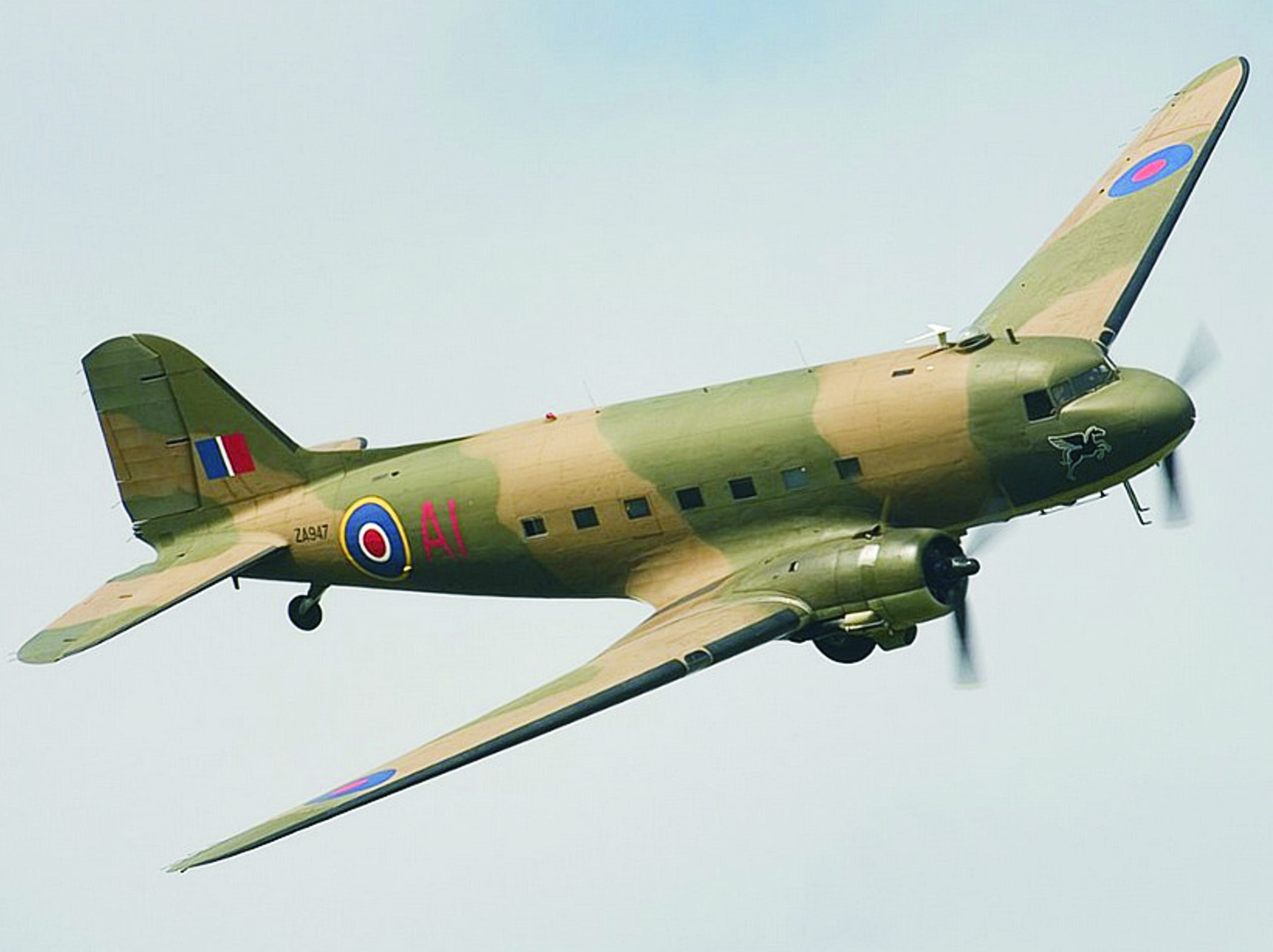
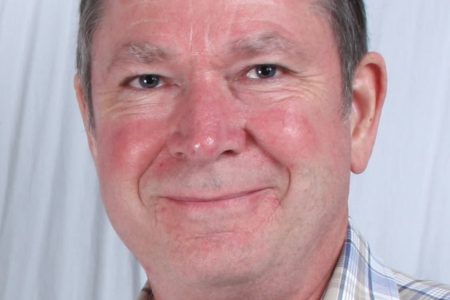

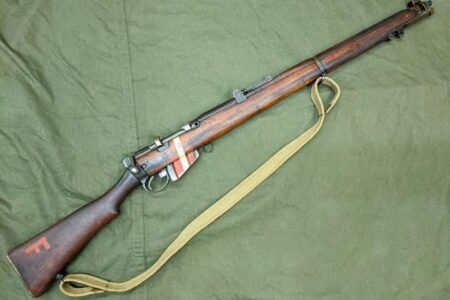
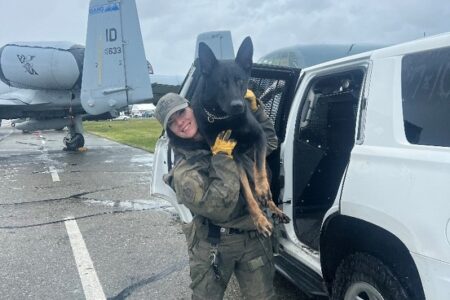

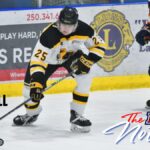
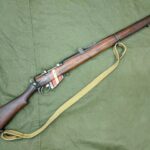
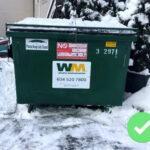
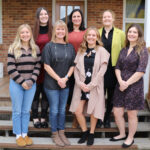













Comments